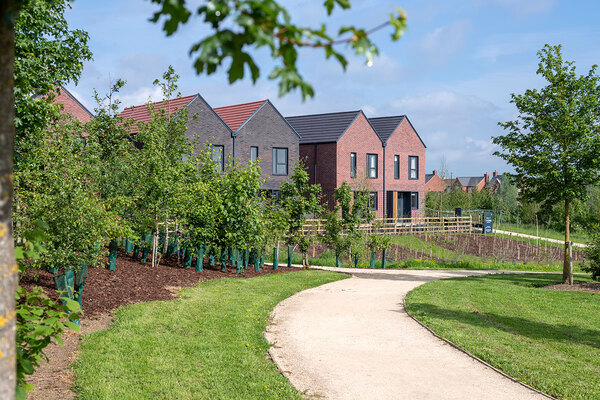You are viewing 1 of your 1 free articles
Landlords’ margins will remain tight for at least the next few years, report finds
Housing associations’ operating margins have fallen 30% in the past five years and will remain tight until the mid to late 2020s, a report has found.

Data company Housemark analysed public data from 181 English landlords that have more than 1,000 homes to calculate the squeeze on cashflow experienced by social housing providers.
Researchers said median operating margins stood at 18.5% in 2022-23, down from 26.8% in 2018-19. They attributed the cashflow challenge to rising interest rates, price inflation and investment in existing stock.
Larger landlords historically had higher operating margins gained through economies of scale, the report said. However, these have reduced by a larger proportion in 2022-23 as their development-led business models have had greater exposure to the sector’s financial headwinds.
Margins remained higher across the East and South East of England compared with London, where costs are higher, and the North, where rents are lower.
The report said inflation is set to reduce over the next 24 months, but landlords’ income is “unlikely to rise in real terms”. Factoring in higher spending on existing stock and regulation, it concluded that the sector’s margins “will remain tight through to the mid-late 2020s”.
Due to labour and material cost inflation, the average cost of a social housing unit rose by over £400 between 2021-22 and 2022-23 from £4,061 to £4,475.
Meanwhile, maintenance of existing stock experienced double digit inflation in the same period, with the average cost of repairs rising to £170.
Planned maintenance management costs rose 23% as surveyors became highly sought after for damp detection and stock condition work.
For 2023-24, the report predicted an average rise of £300 to £500 per social housing unit, pushing the sector median close to £5,000.
The bulk of cost increases related to improvement and maintenance works, the authors said. However, they also accounted for the increased cost of regulation.
The authors found that larger landlords tend to be much more highly geared (44% for those with more than 5,000 homes, compared with 31% for those with fewer than 5,000 homes) owing to their debt-funded development programmes.
The report comes as one London council warned at the end of last year that it has revised its development programme amid “challenging” economic conditions.
Also in December, Inside Housing spoke to a number of sector experts who warned that housing associations that are waiting for gilt rates to fall could find themselves in competition with each other due to reduced investor appetite.
Sign up for our development and finance newsletter
Already have an account? Click here to manage your newsletters











